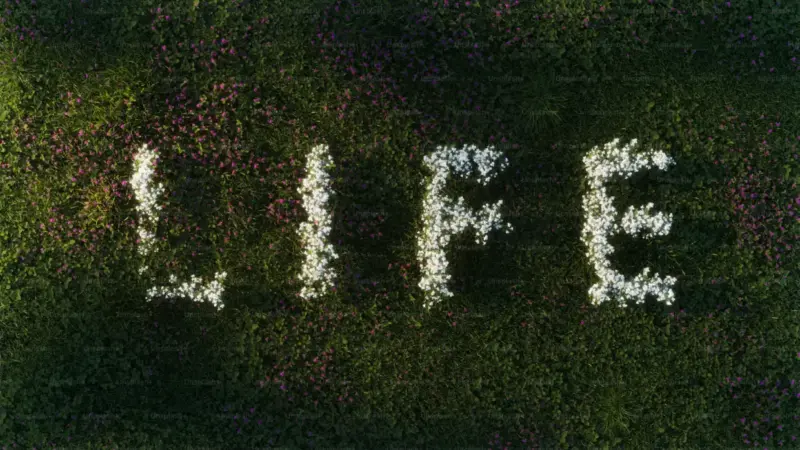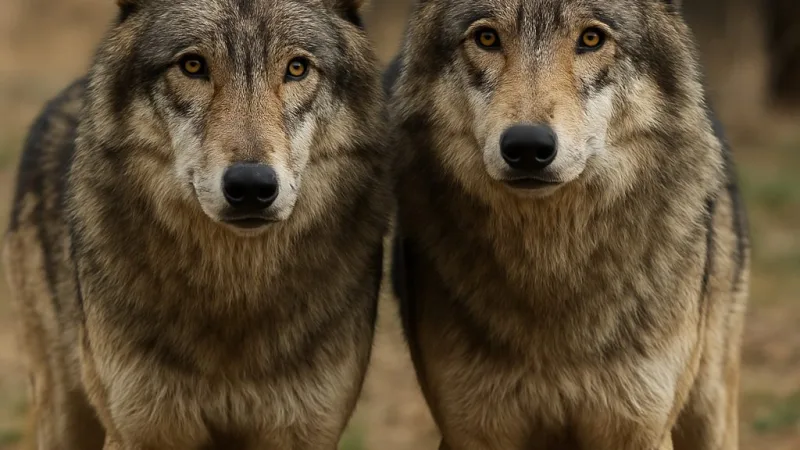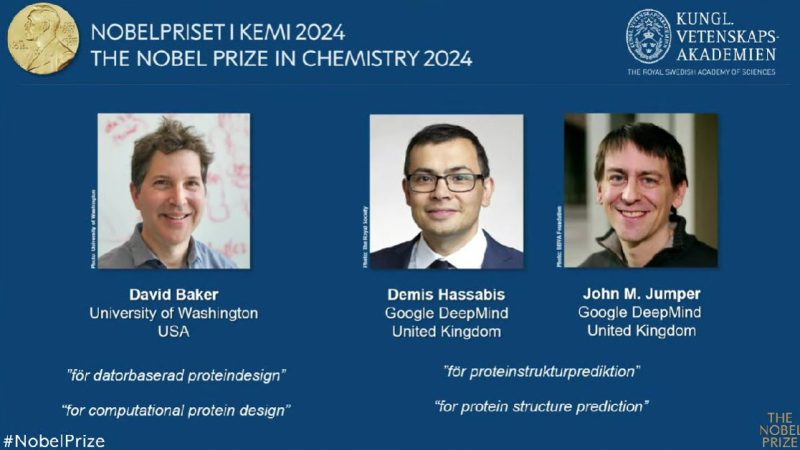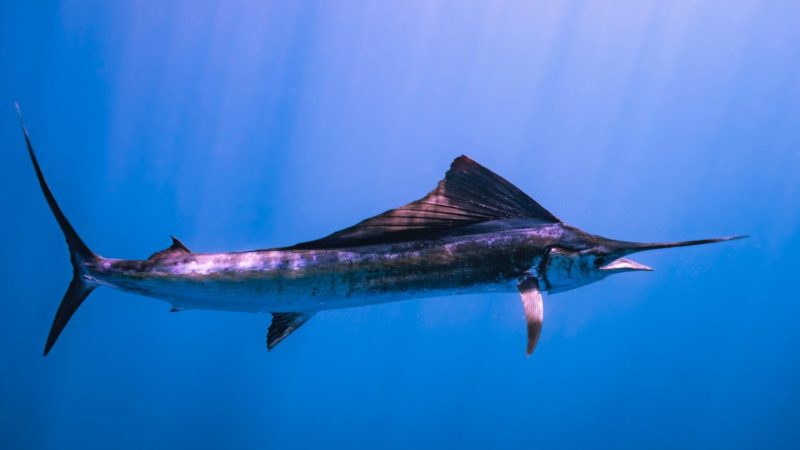What Science Says About Death and Consciousness – Dr. Sam Parnia
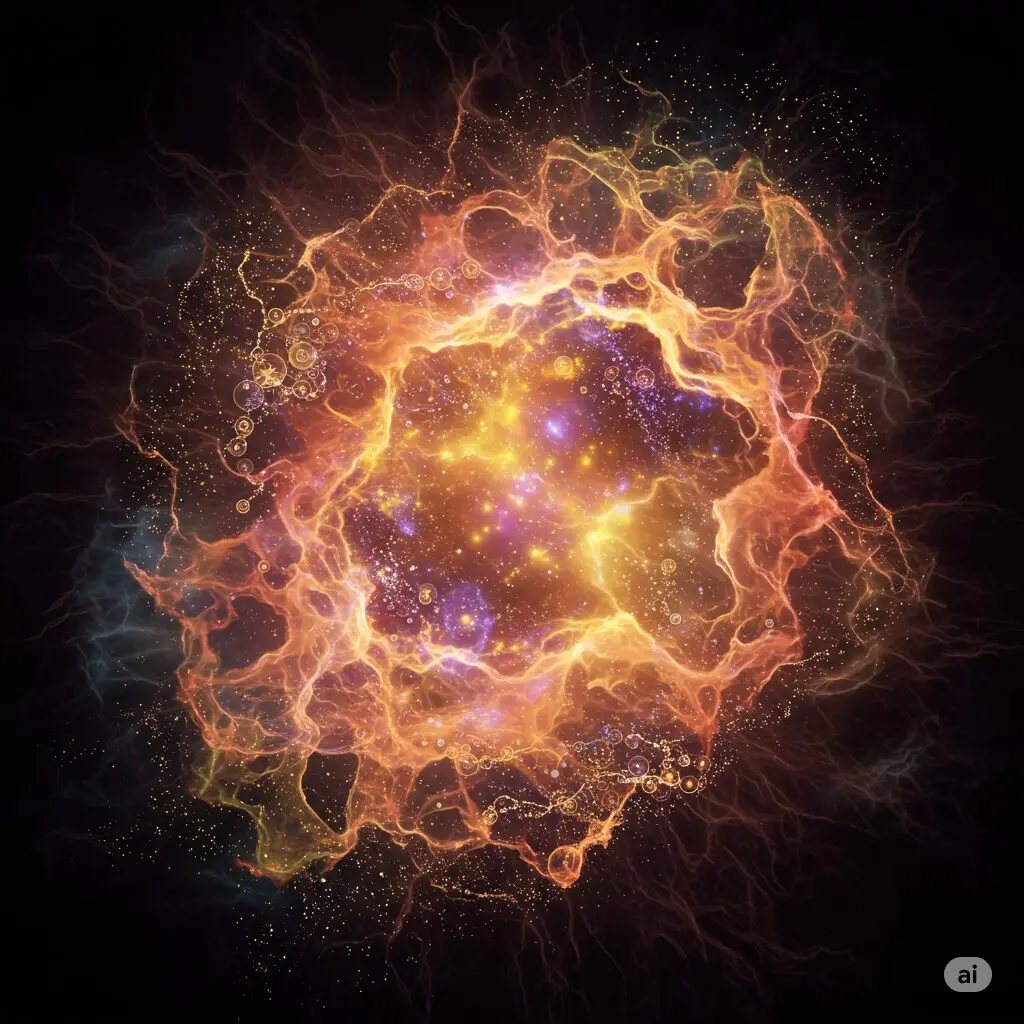
What if death isn’t the final curtain but merely an intermission—a pause in the performance, not the end of the play?
For centuries, death has been seen as a definitive, irreversible event. The heart stops, the brain shuts down, and consciousness disappears. But a growing body of scientific research is challenging this assumption and opening a new chapter in our understanding of what it truly means to die.
At the forefront of this revolution is Dr. Sam Parnia, an intensive care physician, researcher, and director of resuscitation science at NYU Langone. As featured in the University of Chicago’s Big Brains podcast, Dr. Parnia’s work delves into the mysterious space between life and death—and what he’s discovering may one day redefine our very concept of human existence.
Is Death a Moment or a Process?
Our cultural understanding of death is strikingly black-and-white. A person is either alive or dead. One moment they are breathing, the next they are not. But as Dr. Parnia explains, this binary thinking is a social construct, not a biological reality.
“Death is not a moment. It is a process,” says Parnia. Like flying from day into night, the transition from life to death is gradual, not instant. Just because the heart stops does not mean the body immediately becomes irreversibly non-functional.
In fact, modern medical research shows that cells, including those in the brain, can remain viable for hours after cardiac arrest. This discovery has profound implications—not only for emergency medicine but for our philosophical and spiritual beliefs as well.
Death Reconsidered
Historically, questions about what happens after death were left to theologians and philosophers. But with advancements in neuroscience, artificial intelligence, and critical care medicine, science is stepping into the post-mortem arena.
Dr. Parnia argues that studying what happens after clinical death is not only scientific—it’s necessary. As he puts it: “The work I’m trying to do is to restore life in people after death. To do that, we have to understand consciousness.”
This isn’t science fiction. In one groundbreaking experiment led by Dr. Nenad Sestan at Yale University and published in Nature in 2019, researchers were able to restore cellular function to pig brains that had been dead for over 10 hours. Using a specialized cocktail of drugs and artificial blood flow, they showed that even the most complex organ in the body could potentially be revived.
Notably, these pig brains were given drugs to suppress consciousness—not because consciousness was impossible, but because it was ethically unacceptable to let them regain awareness. That choice alone hints at a paradigm shift: the boundary between life and death is much blurrier than we imagined.
Consciousness
Consciousness remains one of the great frontiers of science. Where does it come from? Can it survive beyond the body? Is it generated by neurons firing in the brain—or is it something more?
While no one has definitive answers, Dr. Parnia’s research suggests that consciousness can persist for minutes—perhaps even hours—after clinical death. He has conducted large-scale studies involving people who were revived after being declared dead, many of whom recalled vivid experiences during that time. These near-death experiences (NDEs) are often dismissed as hallucinations, but Parnia insists they are worthy of scientific exploration.
“There is no evidence that shows how electrical or chemical processes in brain cells lead to the emergence of consciousness,” he notes. “We can observe brain activity, but we can’t explain awareness.”
This mystery has led to two competing theories:
- Consciousness is an emergent property of brain activity—a kind of byproduct of neurons communicating.
- Consciousness is a fundamental aspect of the universe, not entirely dependent on the brain—more like radio waves picked up by the brain rather than created by it.
Neither theory has been proven. But Parnia’s work, and that of others in this emerging field, may eventually bridge the divide between science and spirituality.
A Future Where Death Isn’t Final?
Perhaps the most provocative aspect of Parnia’s work is its potential application. Imagine emergency responders armed with tools and protocols that could reverse death in many cases. People once considered beyond saving—heart attack victims, accident casualties—could be given a second chance at life.
“We’ve learned that if you know what to do, and how to do it, you can restore life—even after hours of death—with no brain damage,” Parnia explains. “The implications are massive.”
But the ethical and philosophical questions loom large. If we can bring someone back, are they still the same person? Does restoring brain function equal restoring the mind? And at what point do we accept death, not just as a medical reality but as a human one?
Key Takeaway
Dr. Sam Parnia and his colleagues are helping us peel back the veil that has shrouded death for millennia. Their work demands that we think more deeply about life, consciousness, and what it means to be human. While we are far from unlocking all the secrets of death, we are no longer in the dark. Science, once focused on prolonging life, is now learning how to reclaim it. And in doing so, it’s forcing us to reconsider one of the most fundamental truths we thought we knew. So maybe death isn’t the end of the story. Maybe it’s just the beginning of a new chapter—one that science is only now starting to write.
References & Acknowledgment:
This article was inspired by ““What Happens When We Die?” featuring Dr. Sam Parnia, hosted by Paul Rand on the Big Brains podcast, produced by the University of Chicago Podcast Network. We thank the original creators for their thoughtful exploration of life, death, and everything in between. Dr. Parnia is a co-author of “Erasing Death: The Science That Is Rewriting the Boundaries Between Life and Death” published in 2013.


